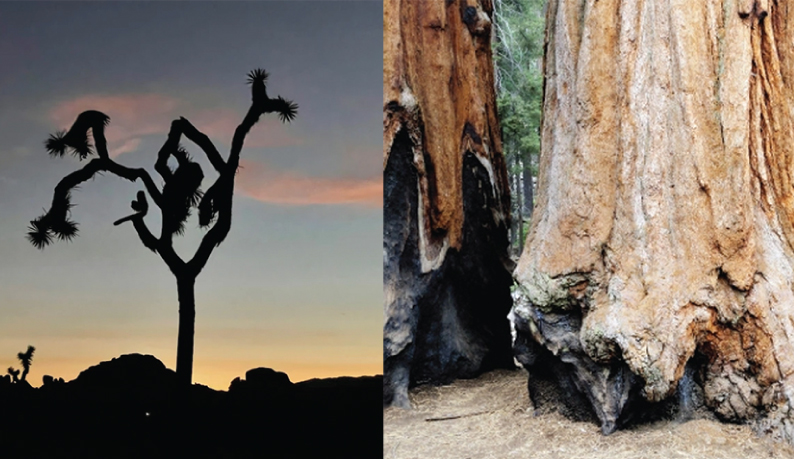
National Park Week begins Saturday, April 16, and parks across the country will host a variety of special events and digital experiences.
Entrance fees are waived to encourage everyone to enjoy their national parks.
The first national park in the world was established before the National Park Service was created. In 1872, President Ulysses S. Grant established Yellowstone National Park, designating more than 2 million acres of land in the Montana and Wyoming territory to be “dedicated and set apart as a public park or pleasuring-ground for the benefit and enjoyment of the people.” This act placed the park under the control of the secretary of the interior, who was responsible for preserving its natural resources.
In 1906, President Theodore Roosevelt signed the Antiquities Act, which authorizes presidents to proclaim and preserve historic landmarks, structures and “other objects of historic or scientific interest.” Nearly a quarter of the units in the national parks system originated in whole or in part from this act.
On Aug. 25, 1916, the National Park Service was created by the Organic Act, signed by President Woodrow Wilson. At this point, over 35 sites were overseen by the Department of the Interior, and a unified management structure was needed.
Today, the Park Service protects and preserves 423 sites, covering more than 85 million acres, and employs over 20,000 people who care for public lands and cultural heritage.
The Park Service is primarily funded by Congress through annual appropriations and mandatory funds. The national parks system also receives funding through park entrance and user fees and private philanthropy.
The 2022 budget request for the Park Service is $3.5 billion in discretionary funding, an increase of $380.6 million from 2021.
Overall attendance
Of 423 sites in the system, just 25 received more than 50% of the system’s total 297.1 million recreation visits in 2021. Last year’s visitation increased by 60 million over 2020’s, when COVID-19 shuttered facilities in most parks for at least part of the year.
Mortality statistics (2014-2016)
A total of 990 deaths were reported in national parks from 2014 to 2016, an average of six per week.
The Park Service mortality rate is 0.1 deaths per 100,000 recreation visits, which is very low compared with the mortality rate of the overall U.S. population (844 deaths/100,000 people).
Most of those who died (79%) were male.
Over half (53%) were due to unintentional causes such as drowning or motor vehicle crashes.
About half of medical deaths (49%) occurred while the person was engaged in a physical activity such as hiking, biking or swimming.
National Park Foundation survey
Which of the National Park Foundations’ priorities is most important to you?
1. Protecting wildlife
2. Improving park facilities
3. Connecting young people to parks
4. Providing emergency funding
5. Increasing access to parks
National Park Service emblem
The arrowhead shape was authorized by the secretary of the interior on July 20, 1951. It is not officially documented, but the elements of the emblem symbolize the major facets of the national park system:
• The sequoia and bison represent vegetation and wildlife.
• The mountains and water represent scenic and recreational values.
• The arrowhead represents historical and archaeological values.
Sources: National Park Service, U.S. Department of the Interior, Thrillist, Register research
